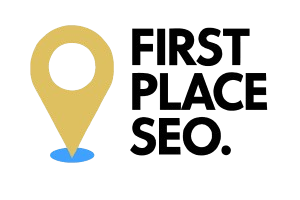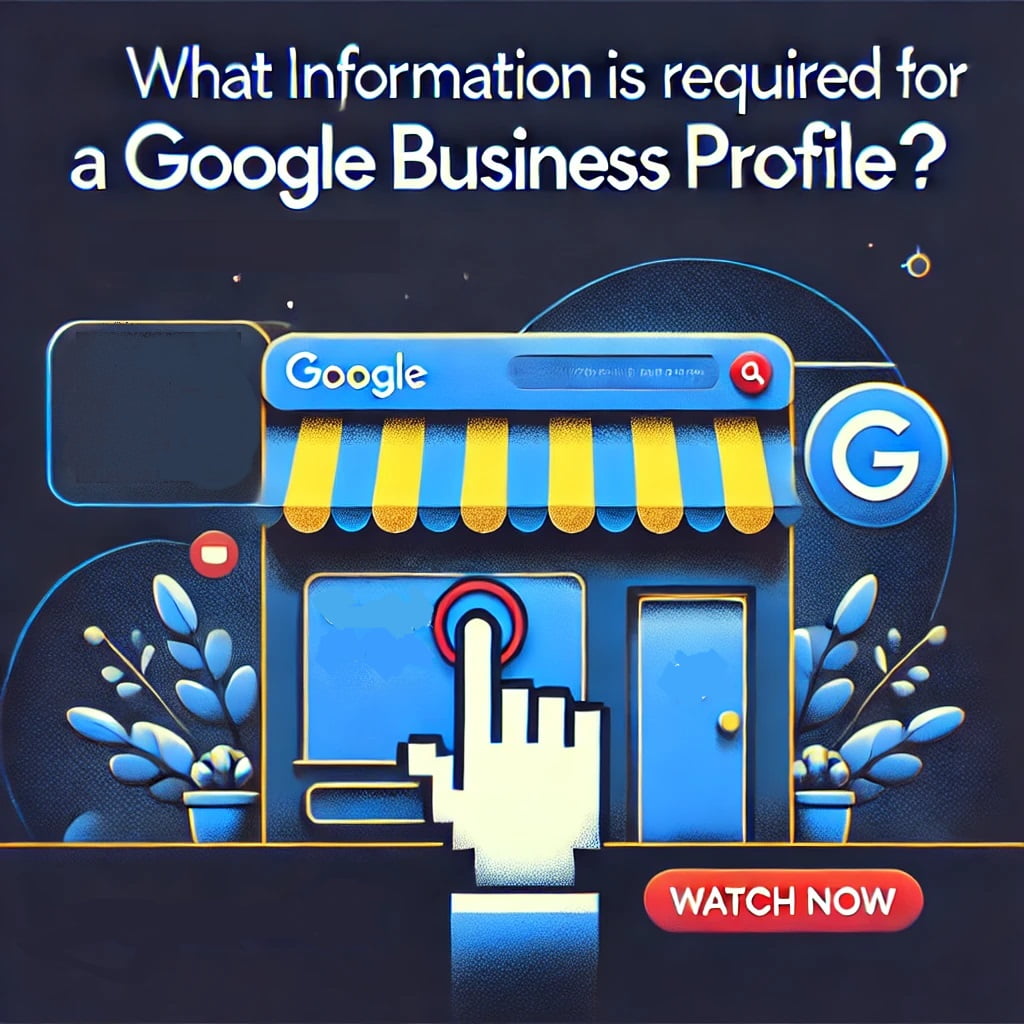Wondering why your business isn’t showing up when people search locally? A well-done Google Business Profile might be just what you need to boost your visibility and bring in more customers. So, what do you need to set up an effective profile?
What Information is Required for a Google Business Profile?
Basic Information
Let’s start with the basics. Setting up your Google Business Profile starts with a few key details:
- Business Name: Make sure to use the official name of your business as it appears in the real world.
- Business Address: This is where customers can find you. If you have multiple locations, each one will need its own profile.
- Phone Number: This is the main contact number where customers can reach you.
Business Categories
Choosing the right categories helps customers find you easily:
- Primary Category: This should be the main thing your business does. For example, if you run a bakery, choose “Bakery” as your primary category.
- Additional Categories: You can add more categories to show other things you offer, like “Cafe” or “Dessert Shop.”
Business Description
Writing a good business description can attract more customers:
- Writing an Effective Description: Describe what your business does, its mission, and what makes it different from others.
- Length and SEO Considerations: Aim for around 750 characters and include important keywords to help people find you.
Operating Hours
Keeping your operating hours updated is important so customers know when you’re open:
- Regular Hours: Your standard business hours for each day of the week.
- Special Hours: Any changes from your regular hours, like extended hours for holidays.
- Holiday Hours: Specific hours for holidays to avoid customer confusion.
Website and Appointments
Linking to your website and appointment system is very useful:
- Website URL: Provide a link to your business website for more information.
- Appointment Links: If you take appointments, provide links for customers to book online.
Products and Services
Listing your products and services helps potential customers know what you offer:
- Listing Products: Include a list of key products with descriptions and prices if applicable.
- Describing Services: Detail the services you provide, ensuring clarity and relevance.
Attributes and Highlights
Attributes and highlights can make your business stand out:
- Business Attributes: Features like “Wheelchair Accessible” or “Free Wi-Fi.”
- Unique Selling Points: Special aspects of your business, like “Family-owned” or “Locally sourced ingredients.”
Photos and Videos
Good photos and videos are important for attracting and engaging customers:
- Importance of Visual Content: High-quality photos and videos can make a strong first impression.
- Types of Photos to Include: Photos of your storefront, interior, products, and team.
- Video Content: Short videos showcasing your business, services, or customer testimonials.
Customer Reviews
Reviews are a big part of your profile’s credibility:
- Encouraging Reviews: Ask happy customers to leave positive reviews.
- Responding to Reviews: Engage with all reviews, thanking customers and addressing any issues.
- Managing Negative Reviews: Handle negative feedback professionally and constructively.
Questions and Answers
Setting up a Q&A section can help answer common customer questions:
- Setting Up FAQs: Create a list of frequently asked questions with detailed answers.
- Responding to Customer Questions: Promptly respond to new questions from customers.
Posts and Updates
Keeping your profile active with posts and updates can keep customers engaged:
- Creating Posts: Share news, promotions, or events related to your business.
- Types of Updates to Share: Highlight new products, special offers, or community involvement.
Messaging Options
Offering messaging options can improve communication with customers:
- Enabling Messaging: Allow customers to message you directly from your profile.
- Responding to Messages: Make sure you respond to all messages in a timely and professional manner.
Bookings and Reservations
Integrating bookings and reservations can make it easier for customers to interact with you:
- Setting Up Bookings: Use Google’s booking feature or integrate with your existing system.
- Integration with Booking Platforms: Ensure compatibility with popular booking platforms.
Insights and Analytics
Looking at how your profile is performing can help you make improvements:
- Understanding Insights: Review data on customer interactions, views, and searches.
- Using Data to Improve Performance: Adjust your profile based on insights to improve visibility and engagement.
Verification Process
Verification is necessary to manage your profile:
- Methods of Verification: Options include postcard, phone, or email verification.
- Troubleshooting Verification Issues: Steps to resolve common verification problems.
Best Practices
Here are some tips to keep your profile in top shape:
- Keeping Information Updated: Regularly update your business details and hours.
- Optimising Profile for SEO: Use relevant keywords and complete all sections.
Common Mistakes to Avoid
Avoid these mistakes to ensure an effective profile:
- Incomplete Information: Make sure all required fields are filled out accurately.
- Ignoring Reviews: Engage with customer feedback regularly.
- Not Updating Hours: Keep your operating hours current to prevent customer confusion.
FAQs

